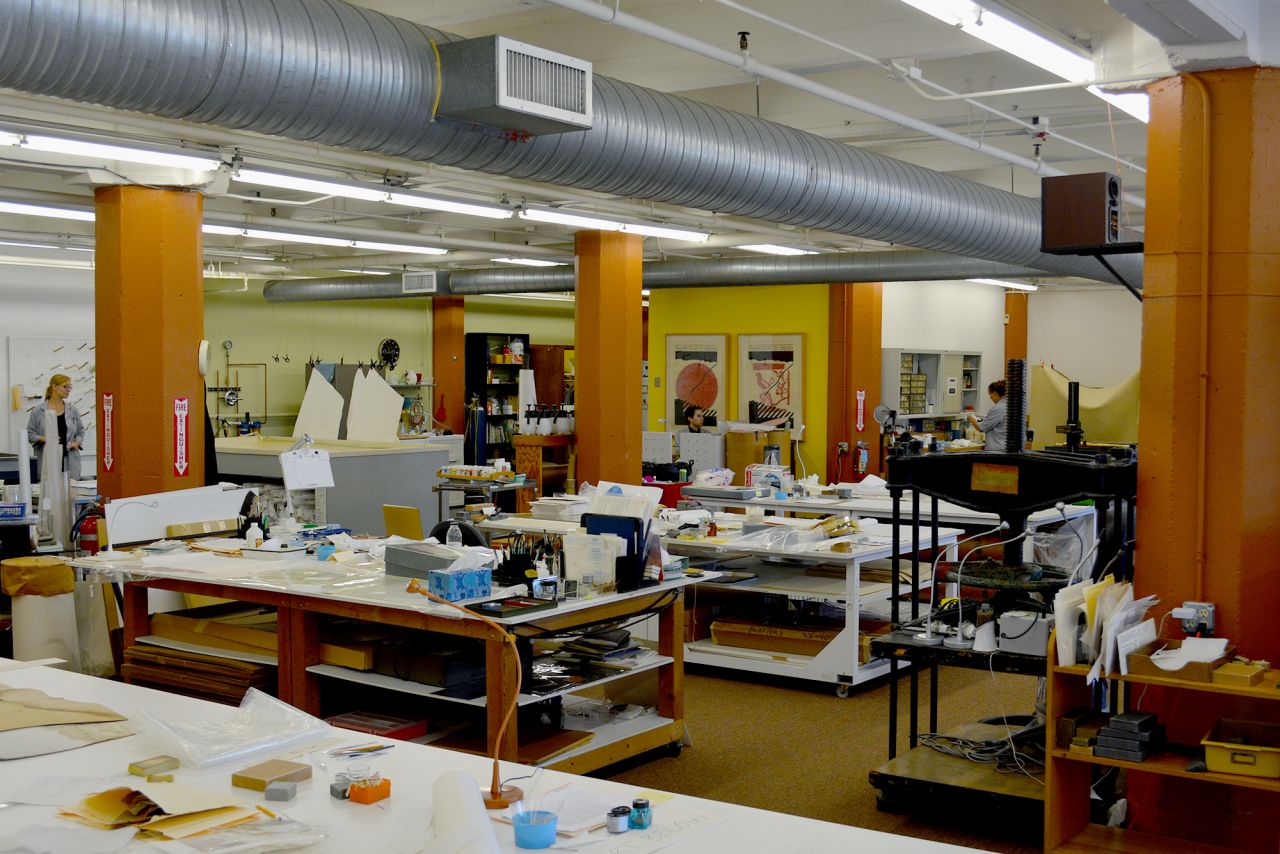
Russ Maki can never forget the moment the Thirteenth Amendment entered the lab at Graphic Conservation Company—an 8,000 square foot space in Chicago’s South Loop.
“When the security detail and all of the curator-types left and it was just us, the entire crew, standing around the table, nobody said a word for at least five minutes,” said Maki, owner of Graphic Conservation. “That’s the abolition of slavery you’re looking at. That’s President Lincoln’s signature. It came to us in really bad shape, and it wasn’t because the museum didn’t take care of it.”
The historic document, which came from the Lincoln Library in Springfield, Illinois, was made of vellum and experienced significant wrinkle and humidity damage before it came to the lab in 2011.
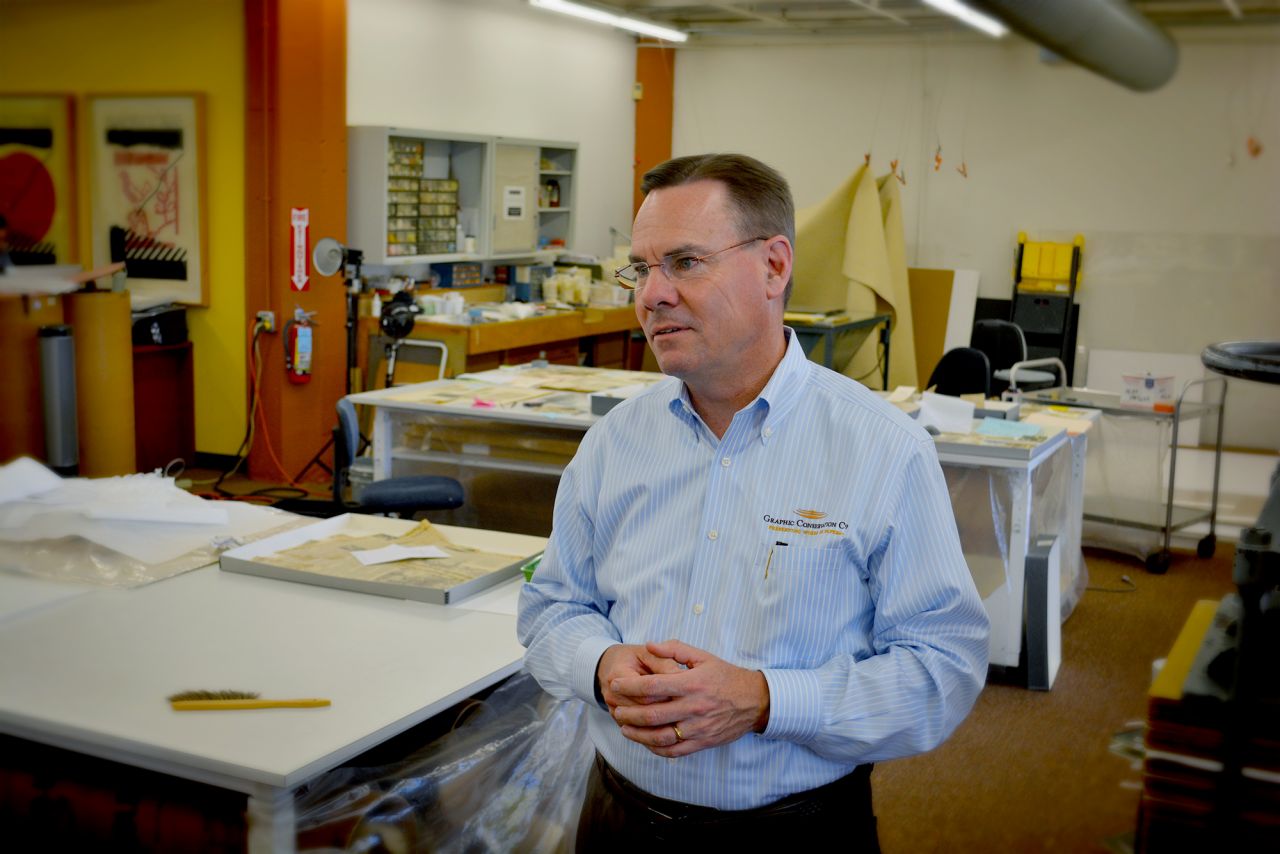
“The problem is that these documents aren’t written in Sharpie, they’re written in gall inks,” said Maki. “They’re very fragile inks that rest on the surface. When you see that kind of paper distortion—where it’s folding and buckling and curving—it breaks the bonds of the ink and the underlying vellum. We were literally seeing some of the image flaking off. We re-humidified the vellum, adding generations of lifespans to the document. The whole process took about six months.”
Of course, the Lincoln Library wouldn’t bring such an important piece of United States history to just any conservator—they brought it to Graphic Conservation Company because of their great reputation that has come from almost a century’s worth of experience restoring and preserving works on paper.
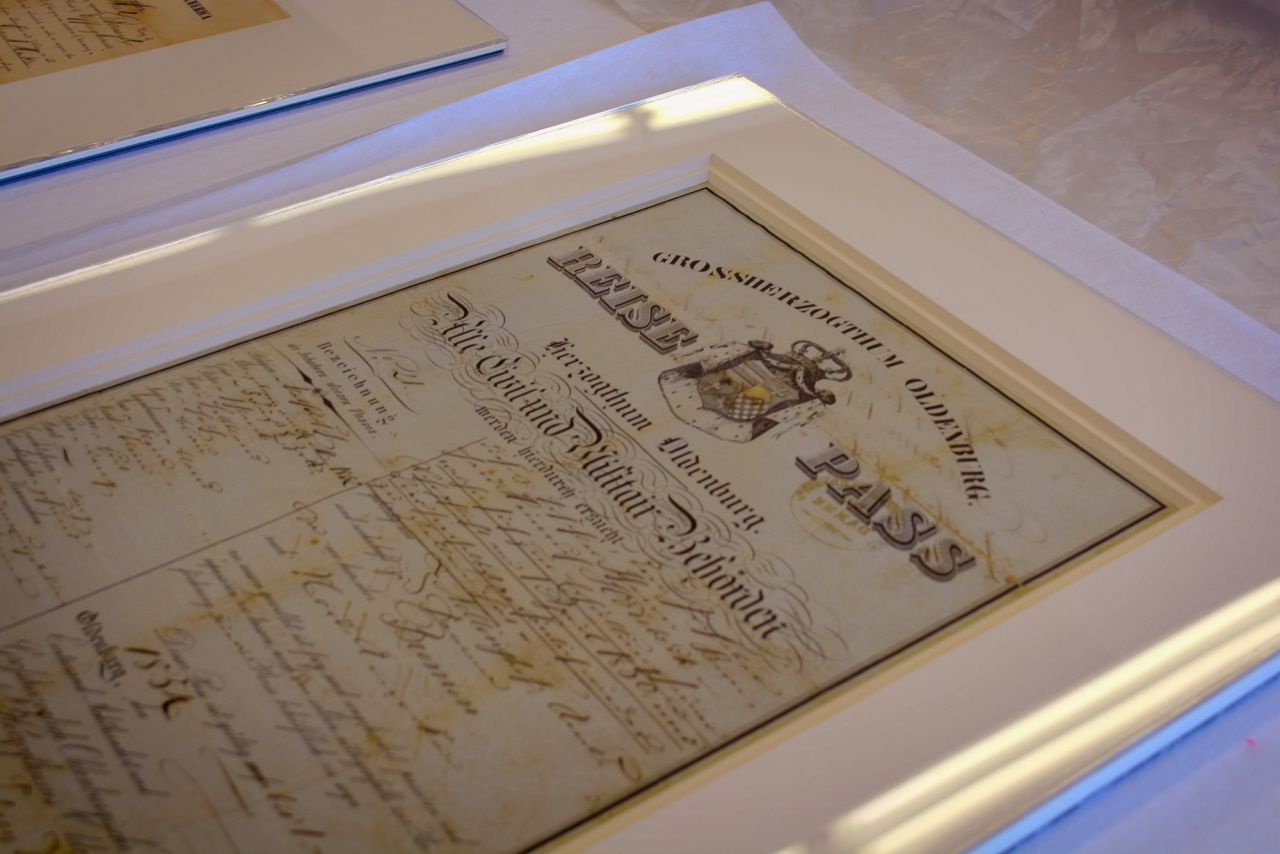
Originally a boutique department of R.R. Donnelley that specialized in bookbinding and preservation, Graphic Conservation Company uses the same equipment in their current lab that was used in the 1930s, often (and somewhat ironically) restoring documents from the same era as the equipment itself.
In terms of the actual scientific processes involved with conservation, many things haven’t changed at all. If anything, there are fewer chemicals used today than there were back then.
“It’s an interesting combination of skills a conservator has because on the one side, you’re working with chemistry, and have that side of the brain working. And then, you have the artistic and creative side working as well, focusing on the inpainting and layout. It takes a very special person to be successful in this role,” said Maki. One of those people is Christina Marusich, Head Conservator at Graphic Conservation Company. Not only is Marusich working to preserve these great works, but she’s educating the next generation of conservators that are coming through the lab.
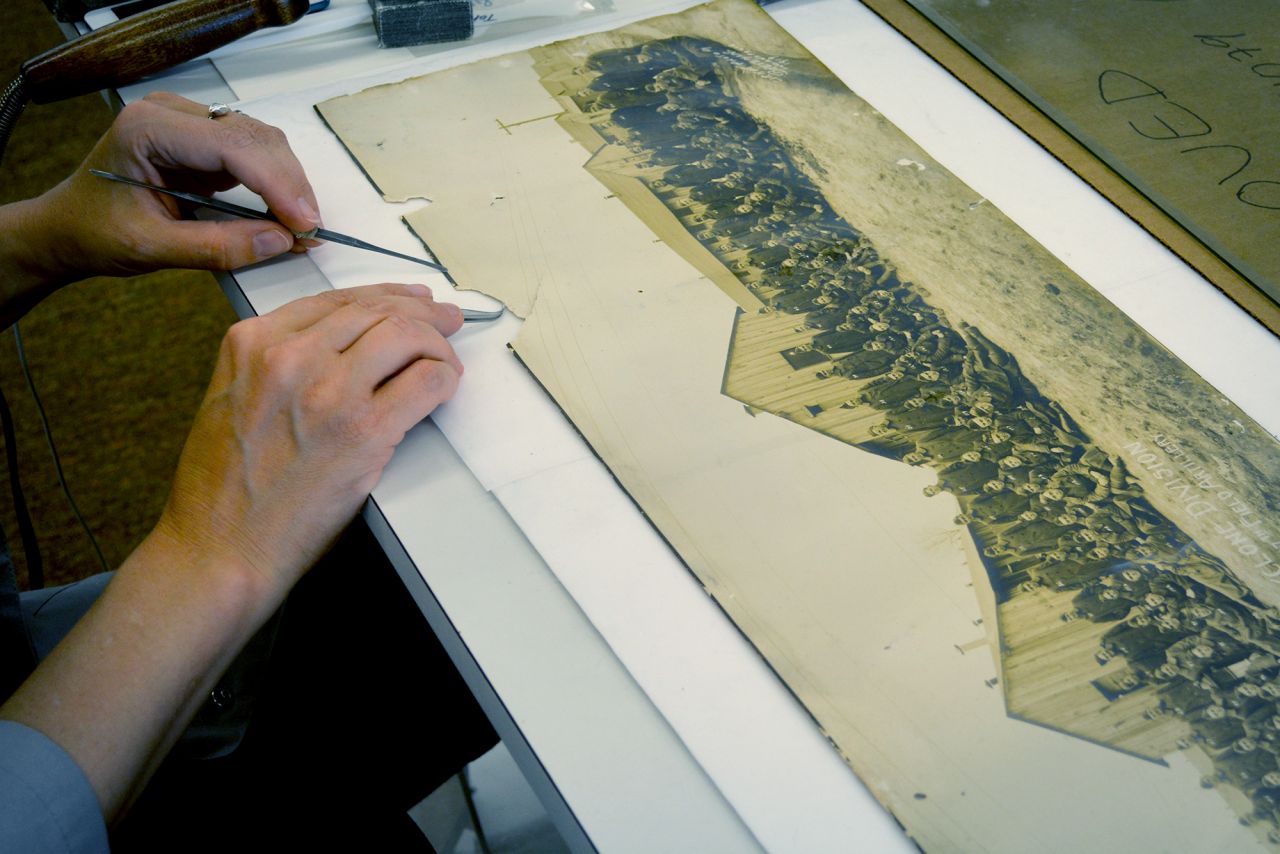
“It’s a hand business. It’s a craft. That’s what I love about it. There’s no conservation machine,” said Maki.
As he explains it, the conservation business is divided into three categories: works that are of significant financial value (usually in the form of artwork or sports ephemera), works that are of great sentimental value (family documents, old marriage licenses, immigration papers, etc.), and works that are of great historical significance—items that are truly priceless.
A specialist in the larger conservation industry, Graphic Conversation focuses only on works on paper. However, that doesn’t mean that they don’t see a wide range of objects. They’ve restored everything from the Gettysburg Address, Frank Lloyd Wright blueprints, an 1895 Lautrec, and things families hold very close to them—like a letter to Santa in 1930 or an identification card from the Mauthausen Concentration Camp in Austria.
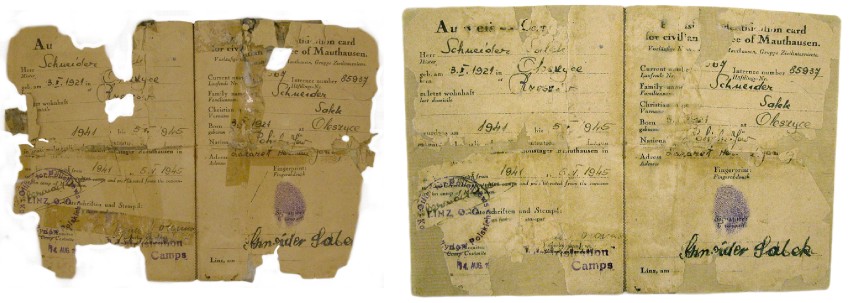
“You try to be clinical about the process—as professionals, you have to be—and we candidly don’t want to know (and can’t know) the financial value of the object, even though it's pretty obvious that it’s a pretty big deal when you’re working with an original Matisse. You can’t hide that,” said Maki. “Similarly, when a client brought us her grandfather’s identification card, the goal wasn’t the restoration as much as it was the stabilization and proper preservation of it for generations to come.”
As clinical as the technicians remain, the sentiments often carried with these documents can’t always be ignored.
“It had a release stamp on it—he was liberated. Upon delivery to the lab, everyone in the room was in tears. Everybody. That’s a big deal,” said Maki.
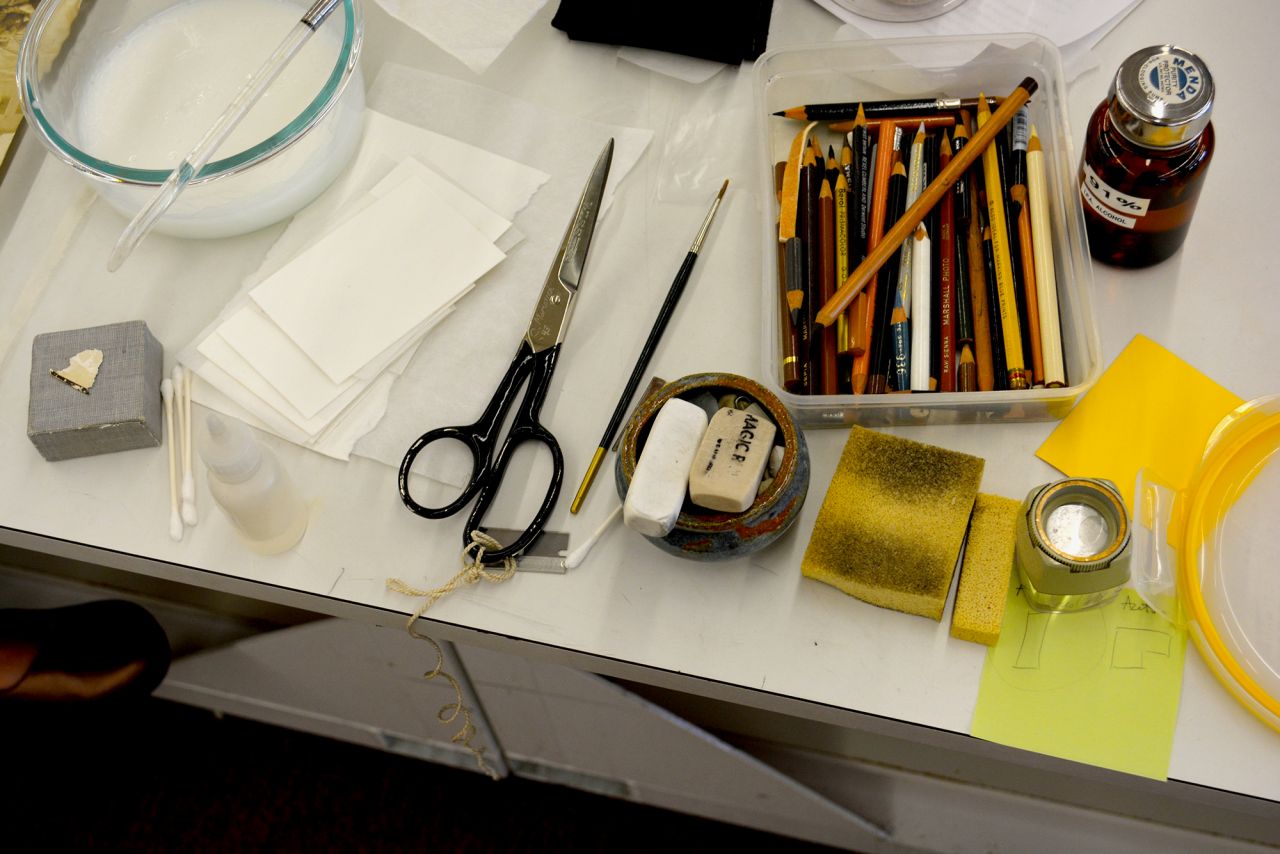
One of the other more complicated parts of the business, aside from the scientific restoration process itself, is the ethics that come along with it.
“Ethics is a huge part of our business,” said Maki. “I teach at Columbia College in the conservation of art materials, and a huge chunk of my course is ethics. It’s doing the right thing. This is the only business I’ve been in where I will fire clients because they wanted us to do something that we wouldn’t.”
And of course, when you’re dealing with historic, sentimental, and highly collectable objects, things can get pretty crazy.
“We have cases where people show up unannounced with armed guards. They don’t want you to know they’re coming, but we don’t let them in until they’ve identified themselves and we know who they are,” said Maki.
“These guys are just so passionate about what they collect. And that’s probably the common theme among our client base: passion,” said Maki.
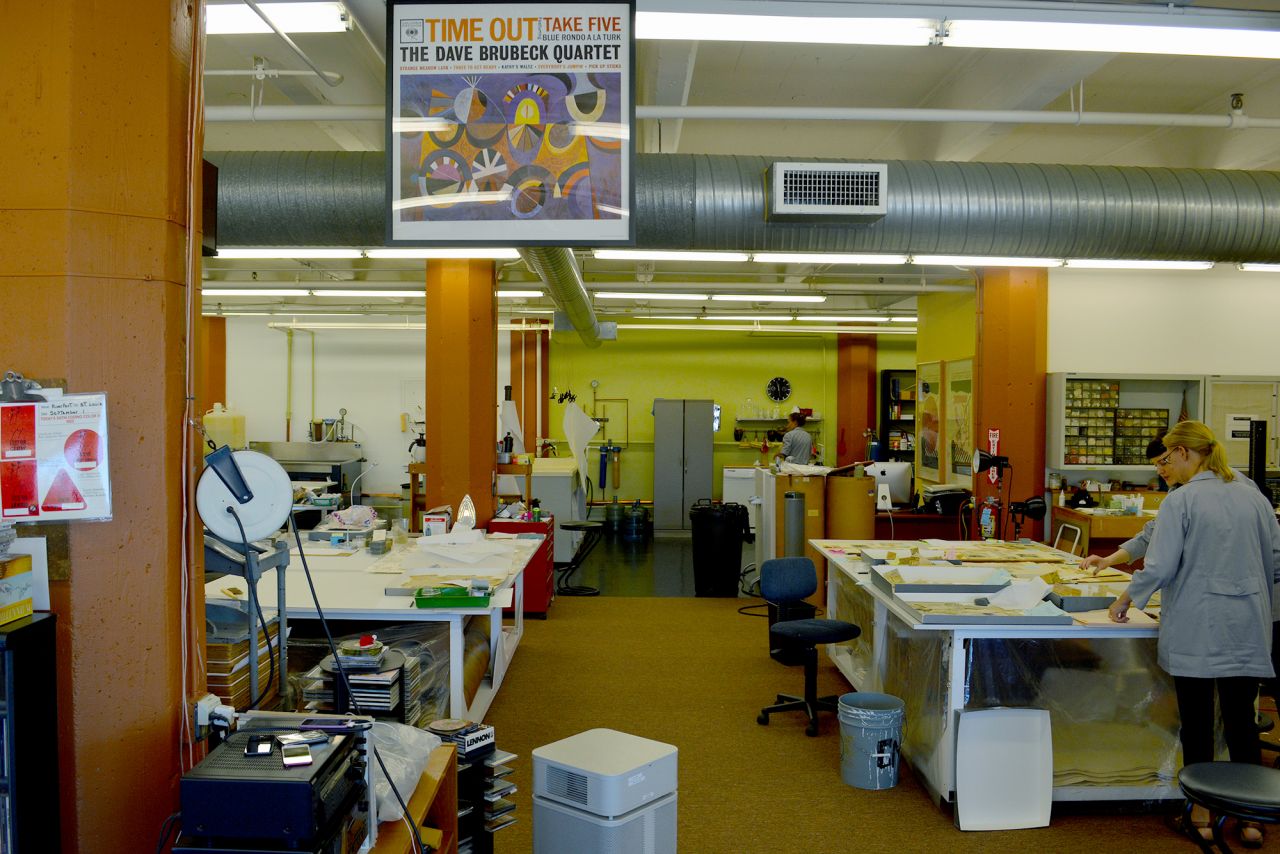
When thinking about the future of the business, Maki believes that, as our consumption and use of paper disintegrates, nostalgia will kick in and the desire for original works on paper will rise. “They’ll want to take care of them,” said Maki.
Russ Maki is someone who is truly passionate about what he does, and believes that the work the conservators do in the lab is nothing short of remarkable.
“If I’m holding a document that George Washington signed, I’m visualizing the fact that the first President of the United States held the same piece of paper that I’m holding at this moment. It’s hard to explain what the feeling is, but it’s certainly a rush.”

